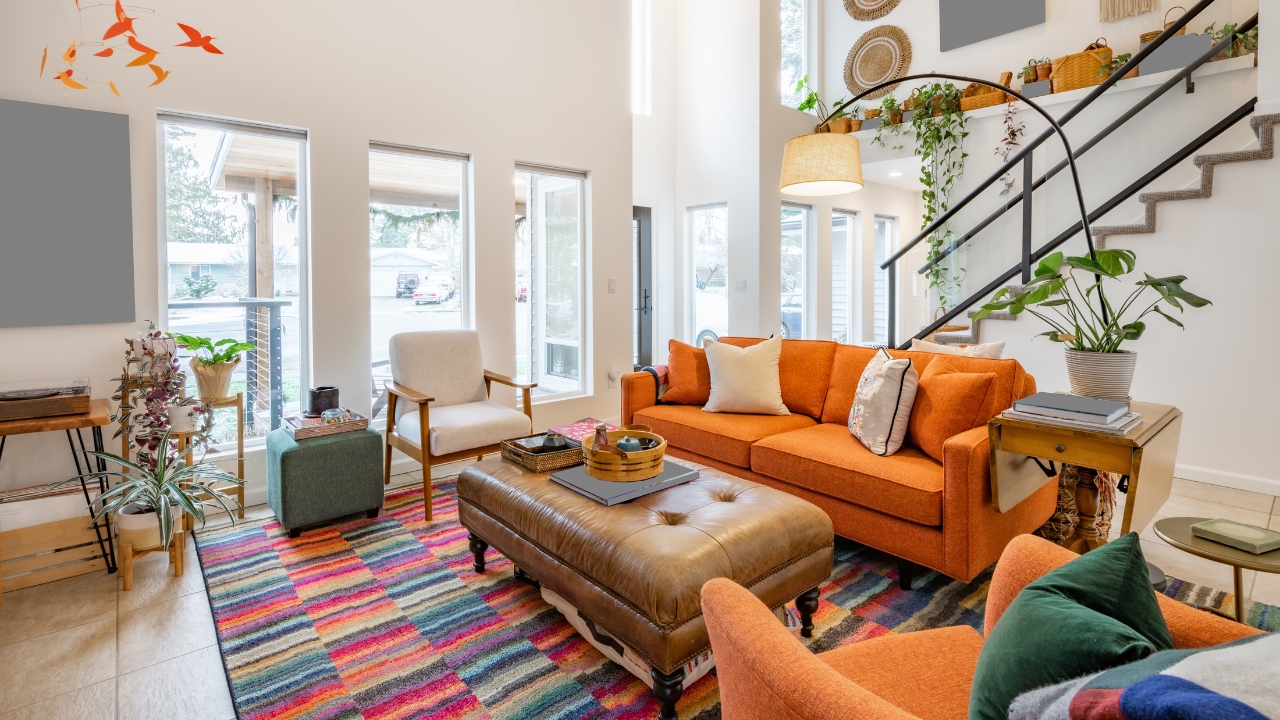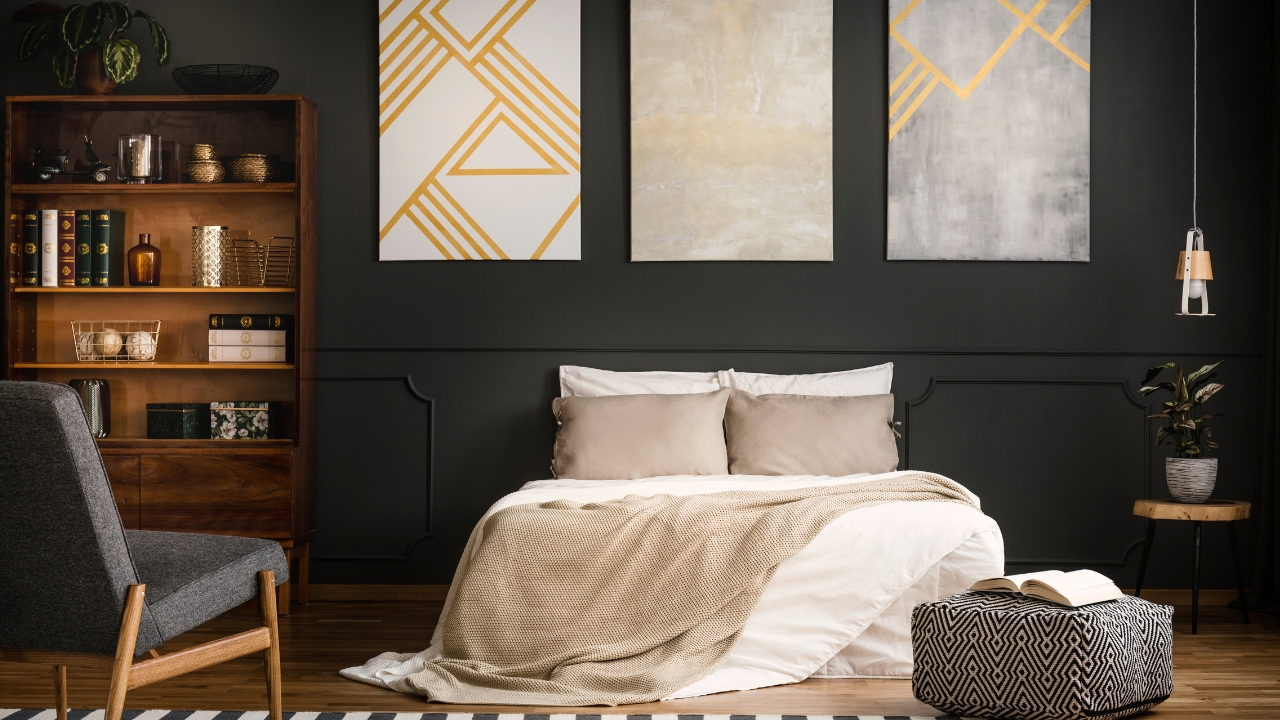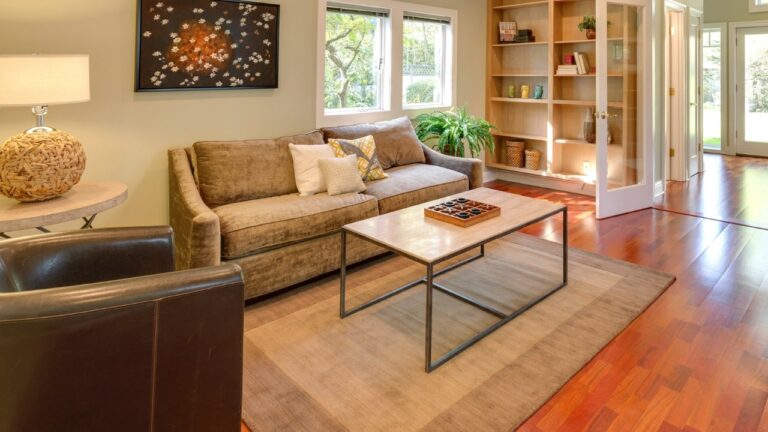10 things in your house that make it feel smaller than it is
A house doesn’t have to be big to feel open, but certain choices can make even a good-sized space feel tight. From bulky furniture to poor lighting, it’s easy to create a cramped feeling without realizing it.
The good news? Most of these problems are easy to fix once you know what’s causing them. Here are ten things that make your home feel smaller—and what to do instead to make every inch count.
Oversized furniture

Big, heavy furniture can make a room feel like it’s closing in on you. Couches with chunky arms or deep backs eat up space and make it hard for air and light to flow through the room. Opt for slimmer frames, raised legs, and lower profiles instead. You’ll create breathing room without sacrificing comfort.
Dark wall colors

Dark paint can look cozy, but it also absorbs light and shrinks a space visually. Rooms with limited natural light feel especially closed in with deep tones. If you love color, try lighter shades of your favorite hues or paint only one accent wall. Pairing it with bright trim or lighter furniture helps open things back up.
Too many small decor pieces

A shelf full of knickknacks or countertops covered in decor makes your home feel cluttered and smaller. Grouping small items together or rotating what’s displayed gives your eyes a break. Larger statement pieces—like one big framed photo or vase—make the same impact without overwhelming the space.
Low-hanging curtains

Curtains hung too low make ceilings look shorter than they are. Hanging them a few inches above the window frame, or even closer to the ceiling, draws the eye up and instantly adds height. Use rods that extend past the window to let more natural light in and make the room feel wider.
Cluttered floors

Even a clean house can feel small if too much is sitting on the floor. Stacks of shoes, baskets, and small furniture block movement and make a space feel tight. Use vertical storage—like hooks, shelves, or cabinets—to free up the floor. The more open space you can see, the larger the room feels.
Poor lighting

Relying on one overhead light casts harsh shadows and makes corners disappear, which closes off the room. Layering lighting—like using table lamps, sconces, or under-cabinet lights—adds depth and balance. Warm bulbs help too, since cooler light can make smaller spaces feel sterile instead of inviting.
Heavy window treatments

Thick drapes can look nice but block sunlight and airflow, both of which make a room feel smaller. Lightweight or sheer curtains still give privacy while letting natural light pour in. If you need something heavier for insulation, keep them pulled back during the day to make the space feel more open.
Too many patterns

Mixing too many patterns—on rugs, pillows, or furniture—creates visual chaos that makes a room feel busier than it is. Stick to one or two patterns and balance them with solid colors. A little contrast adds interest, but too much makes your eyes bounce around the room instead of taking it in comfortably.
Crowded furniture layout

When furniture blocks pathways or covers windows, it immediately makes a room feel smaller. Pull pieces away from walls and make sure there’s room to walk between them. Even a few inches of breathing space can change how open a room feels. Try rearranging until movement feels easy and natural.
Messy cords and cables

A tangle of cords can subconsciously make your home feel messy and confined. Use cord covers, zip ties, or cable boxes to hide them behind furniture. Mounting power strips under desks or behind TV stands also keeps things cleaner. Once those lines disappear, the room feels calmer and more spacious.
*This article was developed with AI-powered tools and has been carefully reviewed by our editors.







